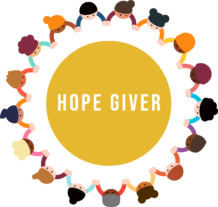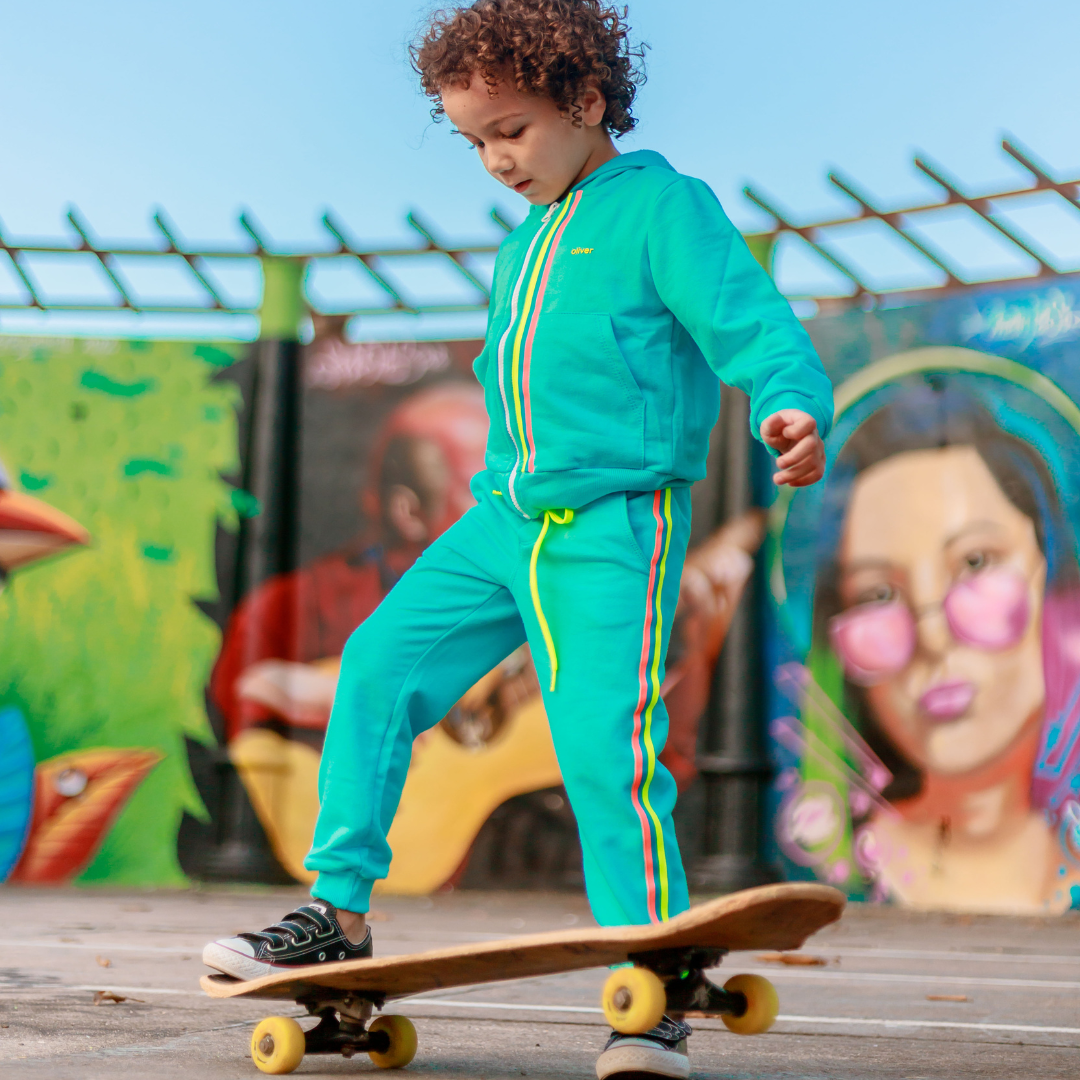
CHILD DEVELOPMENT ARTICLES BY MARIA LOURDES A. DE VERA
Adolescence - the changing sense of balance
Adolescence is a transitional age. A time when physical growth and development happen rapidly.
Good posture and posture regulation is the basis for almost every movement. Most adolescents are awkward in their posture and tend to be just a little bit clumsy. The fundamental motor skills in adolescence are posture and stability. They represent the basis for daily routine tasks and athletic activity.

There are sudden and rapid physical changes that adolescents go through. It accounts for their very self-conscious, sensitive, and worried self-image. They tend to make painful comparisons about themselves with their peers and feel bad. Much emotional turmoil happens at this stage.
Posture can show a person’s mood and mental state! Confidence and posture are indicators that tend to show happiness. Increased feelings of depression and unhappiness tend to show when walking or sitting in a slouched position. Poor posture can lead to strain in tendon and joint structures. Posture weakness is already present in children and adolescents in the form of a hollow back, hanging shoulders, or an anteverted pelvis.
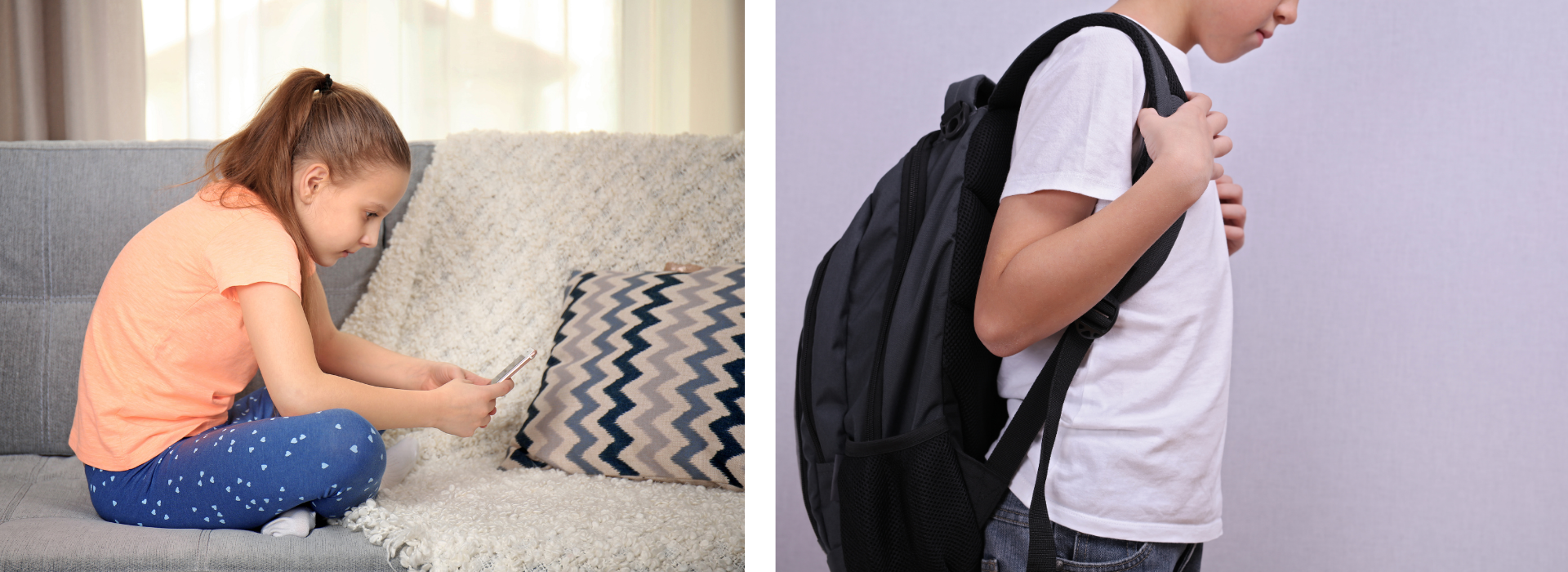
The changing sense of balance may account for the youthful need for something new and different likewise the tendency to act impulsively. The parts of the brain involved in keeping emotional and impulsive responses balanced and in check are still reaching maturity.
A healthy physical activity develops the brain, enhances the adolescent’s physical, emotional, ethical and spiritual aspects, and provides a vital pathway for self-exploration. Surfing, Skateboarding, Camping, Mountain hiking are activities that provide a venue to test physical limits, strength.
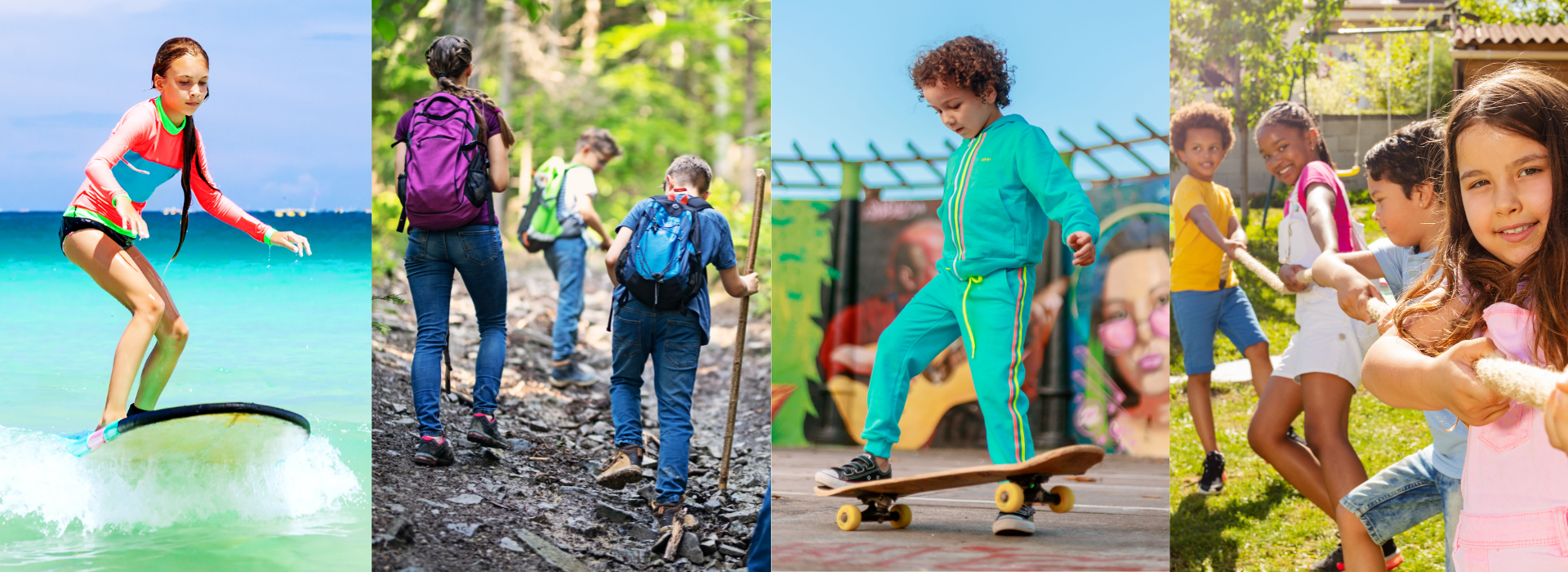
However, in the Lower School cooperative games are recommended and competitive sports in Middle and High School. Children need to develop how to participate and interact cooperatively. Adults must be able to foster the understanding that competitive sports is not about winning the game. It is more like finding out one’s best skill.
Active participation in team sports is encouraged to develop social sensitivity and to strengthen different abilities at each stage of development. Adolescence is an awkward time growing up. They are adjusting to their physical changes and growth.
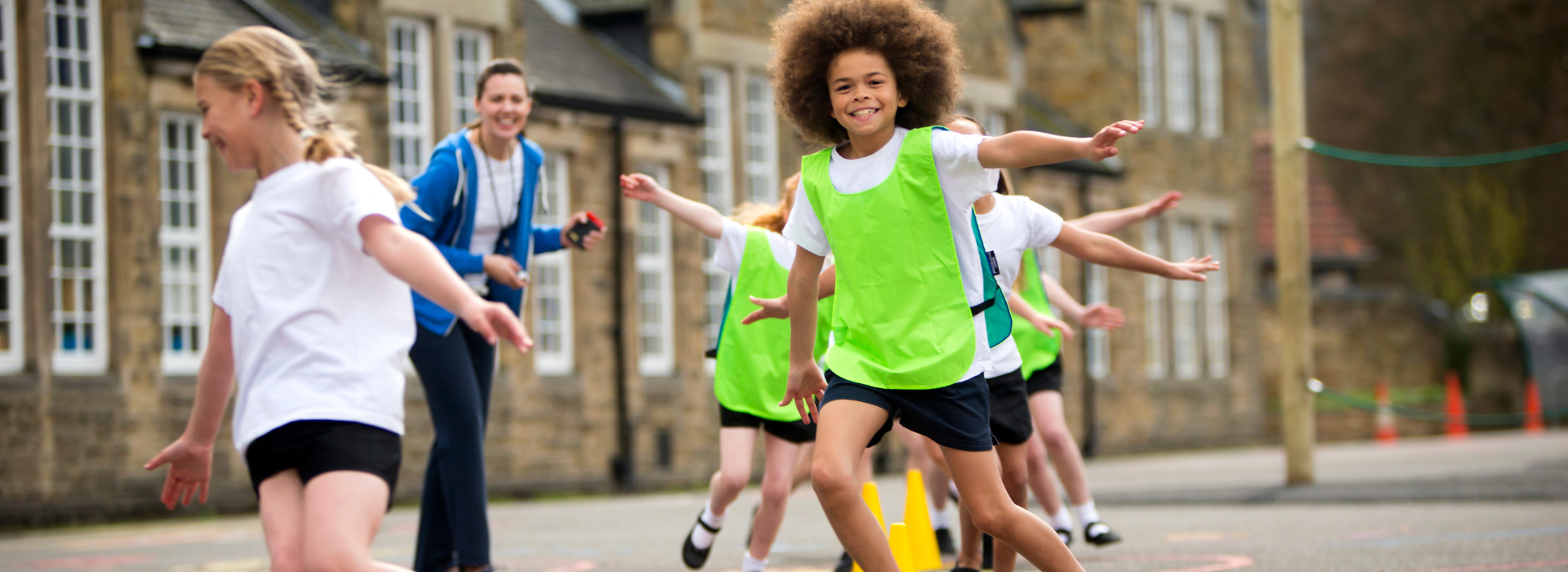
Creative activities like juggling, riding a unicycle and tumbling tend to improve posture, balance, coordination, self-confidence and strength. Providing healthy activities cultivates an awareness of oneself, personal space and group space. They learn how to handle their dynamic energies and strength by harnessing these innate forces within them into something positive.
Creative activities such as dance, drama, poetry, visual arts and music provide the space for adolescents to explore and appropriately express their emotions. A healthy environment that provides them with activities develops focus and harnesses their behavior.
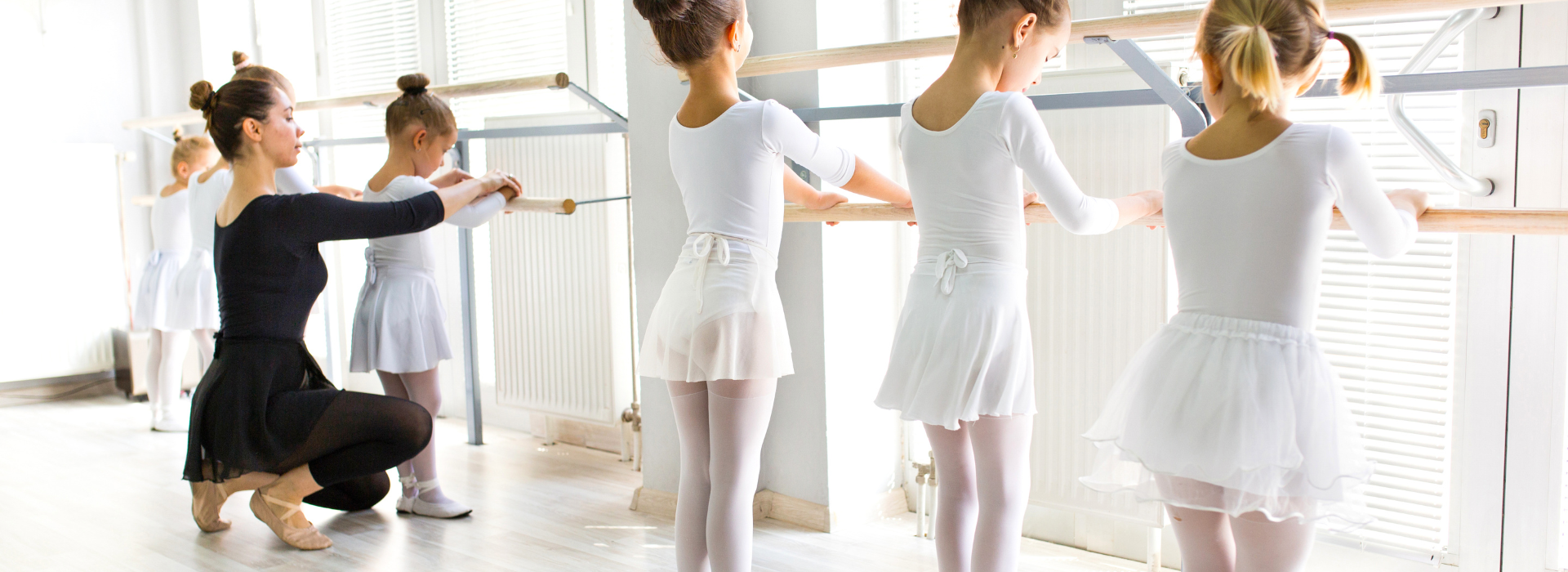
The adolescent shows an expanding need for social life, an appetite for exploration and limited testing. Strengthening the adolescents’ ability to understand, regulate and express emotions enables them to manage through their social environment.
Confidence and Expression can be developed through artistic activities where their attention is turned to do something creatively affirmative.
Drama, Dance, Music and Arts refines gestures and social sensitivity. A healthy balance between sports and arts must be achieved.
